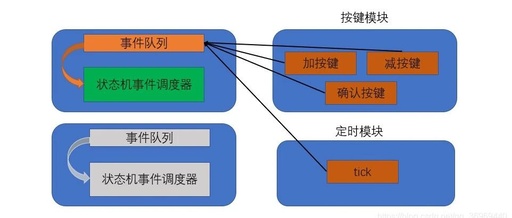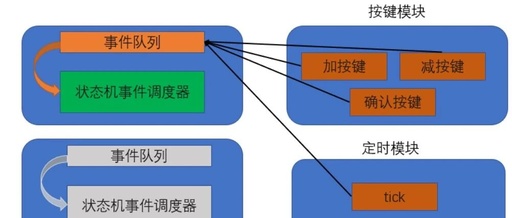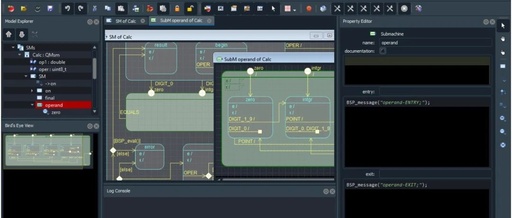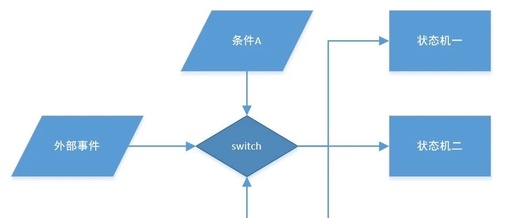Embedded State Machine Programming – QP State Machine Framework
Content Source: Sun Wukong Seeking Knowledge Basic Terminology of State Machines Current State: Refers to the state currently being occupied. Condition: Also known as “event”, when a condition is met, it will trigger an action or execute a state transition. Action: The action executed after the condition is met. After the action is completed, it … Read more









